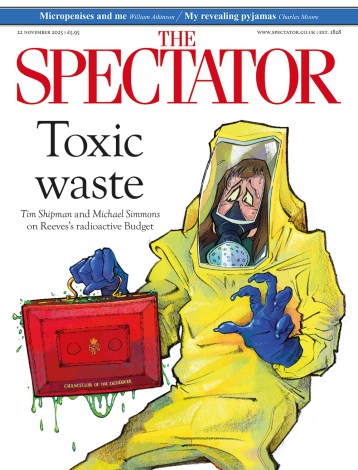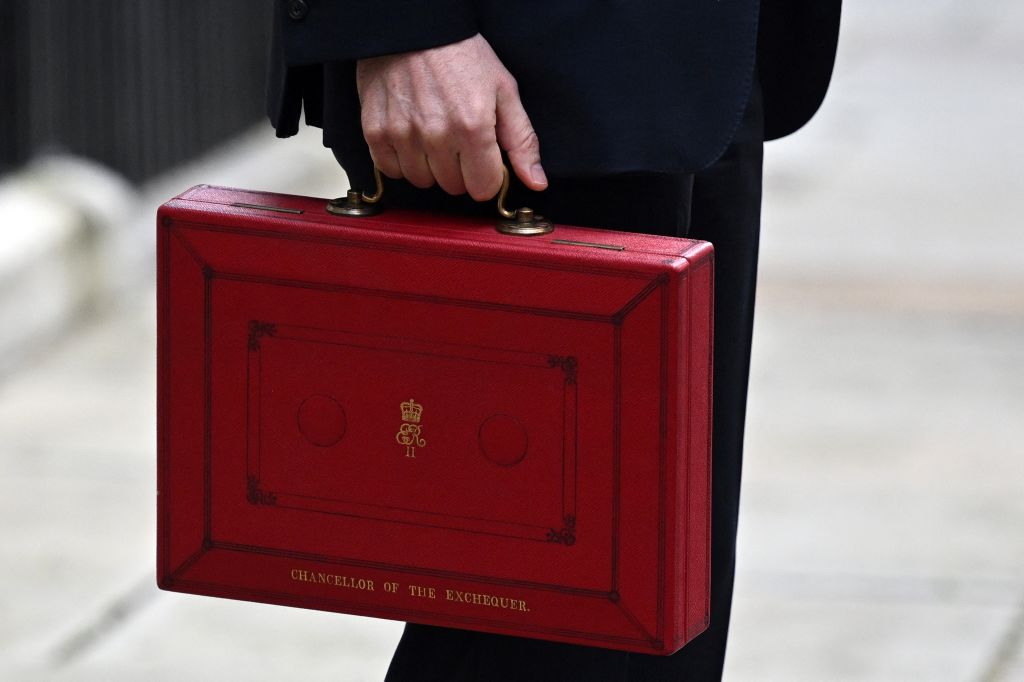Rishi Sunak tends to avoid taking aim at his predecessor. But in last night’s BBC Question Time election special, as he was quizzed by the audience about the Conservative party’s record, he delivered a surprisingly punchy answer. When asked about the Tory party’s record, he talked about how he stood up to Liz Truss’s borrow-and-spend plans during the leadership election in 2022. ‘I was right’, he replied simply, before adding: ‘What Keir Starmer is promising you is the same fantasy that Liz Truss did.’ It gained him his only applause of the evening.
Last night’s audience was acutely aware of the fiscal pressure the UK is under. It wasn’t just Sunak, but all the leaders, who were being asked questions about where they would find the money to fund their manifestos – what trade-offs they might make. ‘Borrowing’ has become an increasingly dirty word – one that sparks concern rather than excitement for some magical solution. Today’s update from the Office for National Statistics reminds us exactly why that is the case.
On the surface, May’s snapshot of the public finances could be worse. Borrowing was £15 billion last month: £700 million below what the Office for Budget Responsibility (OBR) had most recently forecast it would be. Meanwhile April’s borrowing figures were reduced by £2.1 billion. So between the two months combined, the government has borrowed £1.5 billion less this fiscal year that the OBR had originally expected.
But this should not be interpreted as some great act of fiscal discipline. The government may be defying the OBR’s predictions that it would spend money like there’s no tomorrow, but borrowing figures are still up from last year. This year’s borrowing in May was £800 million higher than it was in the same month last year, and the third highest May borrowing figures since these records began in the early 1990s. Meanwhile the combined borrowing of April and May saw borrowing rise by £400 million compared with last year.
What that money is being spent on is still far from ideal. Debt servicing payments rose to £8 billion, up by £200 million, making this the second highest payments in May on record. There are no spending promises, investments or tax cuts that can be delivered with that money: it simply pays off what has already been borrowed. Meanwhile the public sector net debt continues to rise: projected to hit £3 trillion by the end of the next parliament.
Some will say today’s update is good news for the next government, that it might have more cash to spend and room to manoeuvre against its fiscal targets come the autumn. That may be true, but only if it wants to keep taking its fiscal headroom down to the wire, as Jeremy Hunt has done with his past few Budgets. Indeed, the last Budget only added up if it was assumed the government would unfreeze fuel duty at the end of the next parliament (something Tory chancellors have been delighted to opt out of doing).
From a purely political perspective, what it might have done is given Hunt one more chance at a fiscal statement in the autumn, to cut tax again ahead of an election. It’s what he was hoping to do (the March Budget wasn’t the final sell from the Tory party to voters). Another difficult economic trade-off of deciding to call the election early.
But none of this is a stable way of budgeting – certainly not one that could be called fiscally prudent. Today’s data is not a free pass for the next government, but a reminder that governments are promising more than they can deliver right now. At some point, that becomes unsustainable.







Comments